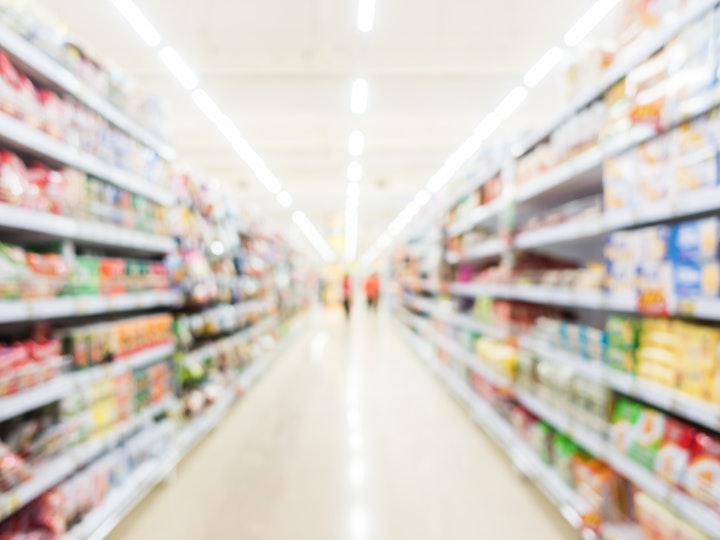Food prices ease, but the days of shrinkflation may not be over
Professor Adrian Palmer takes a closer look at the data behind the headlines suggesting UK food prices may be easing.

Recent headlines suggest UK food prices may be easing, but a closer look at the data reveals a much more nuanced picture. While global and UK indicators show slight declines, the broader context suggests caution before celebrating a return to lower food prices.
Data on food prices
Globally, data from the United Nations FAO Food Price Index (FFPI) for September 2025 shows a small 0.7 % fall in commodity food prices compared to the previous month. Locally, the Office for National Statistics (ONS) reported a 0.2% fall in the food component of the Consumer Prices Index (CPI) for September - the first decrease since May 2023.
But numbers are fickle and behind these small monthly dips, it’s not all rosy for our weekly shop. The FFPI is still 3.4% higher than the same time last year and cheaper cereals, dairy, sugar and vegetable oils were offset by higher meat prices. In the UK, food remains 4.5% more expensive than a year ago, with costs in restaurants and hotels surging, fuelled by rising wages and business rates.
Shrinkflation: how supermarkets keep costs steady
UK supermarkets often buffer the effects of commodity price changes. When wholesale prices rise, retailers delay passing these on to maintain competitiveness – no retailer wants to move first. Also, “forward” contracts may allow them to lock into a previous lower level of supply costs. When this option isn’t available, retailers may avoid price rises by shrinking product sizes or switching expensive ingredients for cheaper ones. Through “shrinkflation”, retailers keep prices steady, quietly hoping shoppers don’t realise they’re paying more for less.
Unfortunately, when wholesale prices fall, supermarkets can also be slow to reduce shelf prices. Those same forward contracts may mean their supply costs don’t fall immediately. They may also seek to maintain margins. Initial price cuts are often selective, promoted as special offers or larger pack sizes rather than across-the-board reductions.
The future of food prices
Looking ahead, price rises look likely. The previous year’s higher wholesale prices still need to work through supply chains. Climate change is already affecting crop yields - cocoa beans and olive oil being notable examples. Global trade is recovering from recent disruptions but remains fragile. Meanwhile, reductions in agricultural subsidies and the introduction of new tariffs may push prices higher. In the UK, rising labour costs are impacting prices of labour-intensive food products, particularly prepared and served meals; and growing demand from an expanding middle class in emerging markets will strain global supply chains.
So, while recent data hints at easing food prices, the reality is nuanced. Structural factors, supermarket strategies, and global uncertainties suggest that any relief may be slow, selective, and short-lived.



